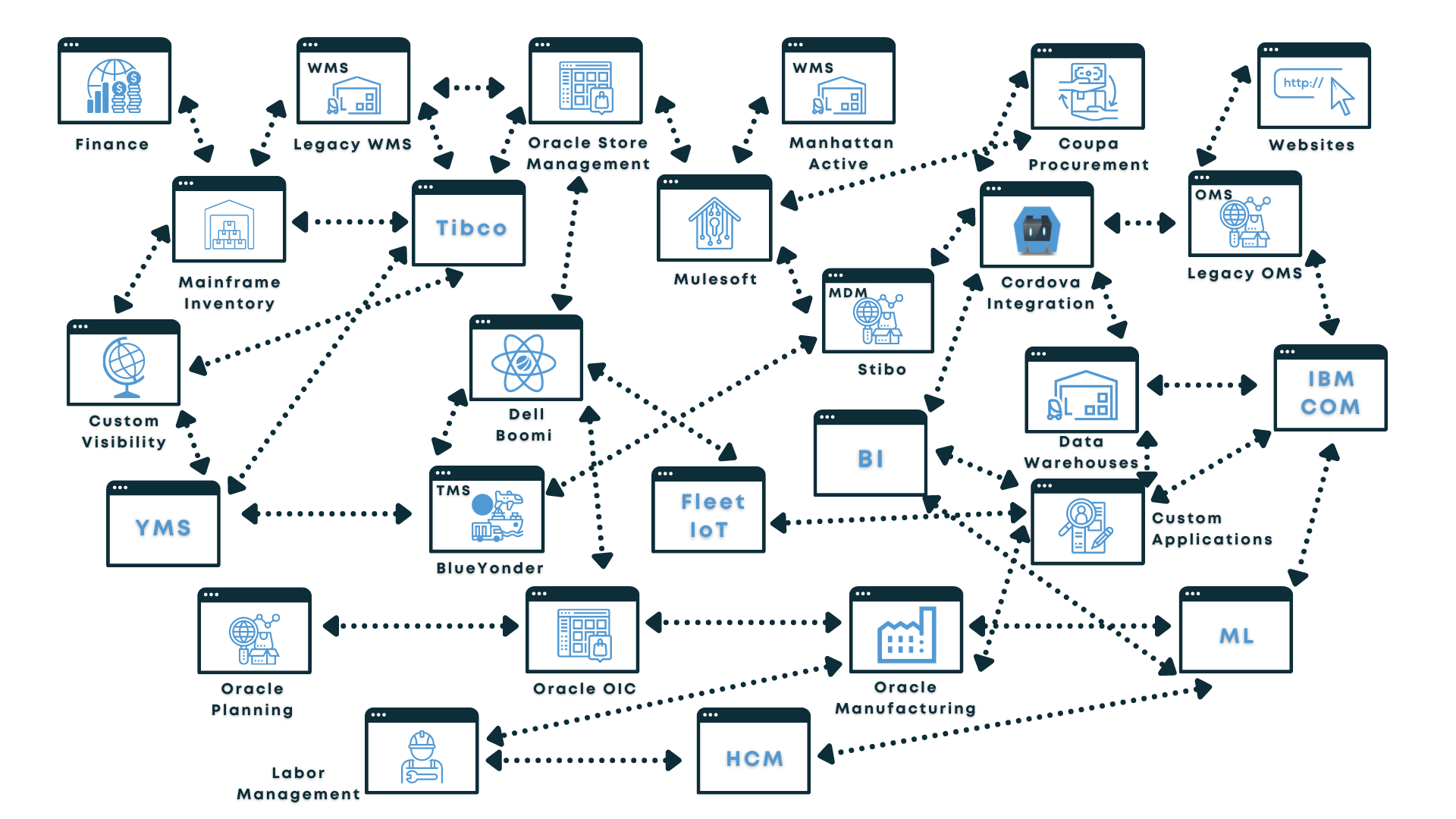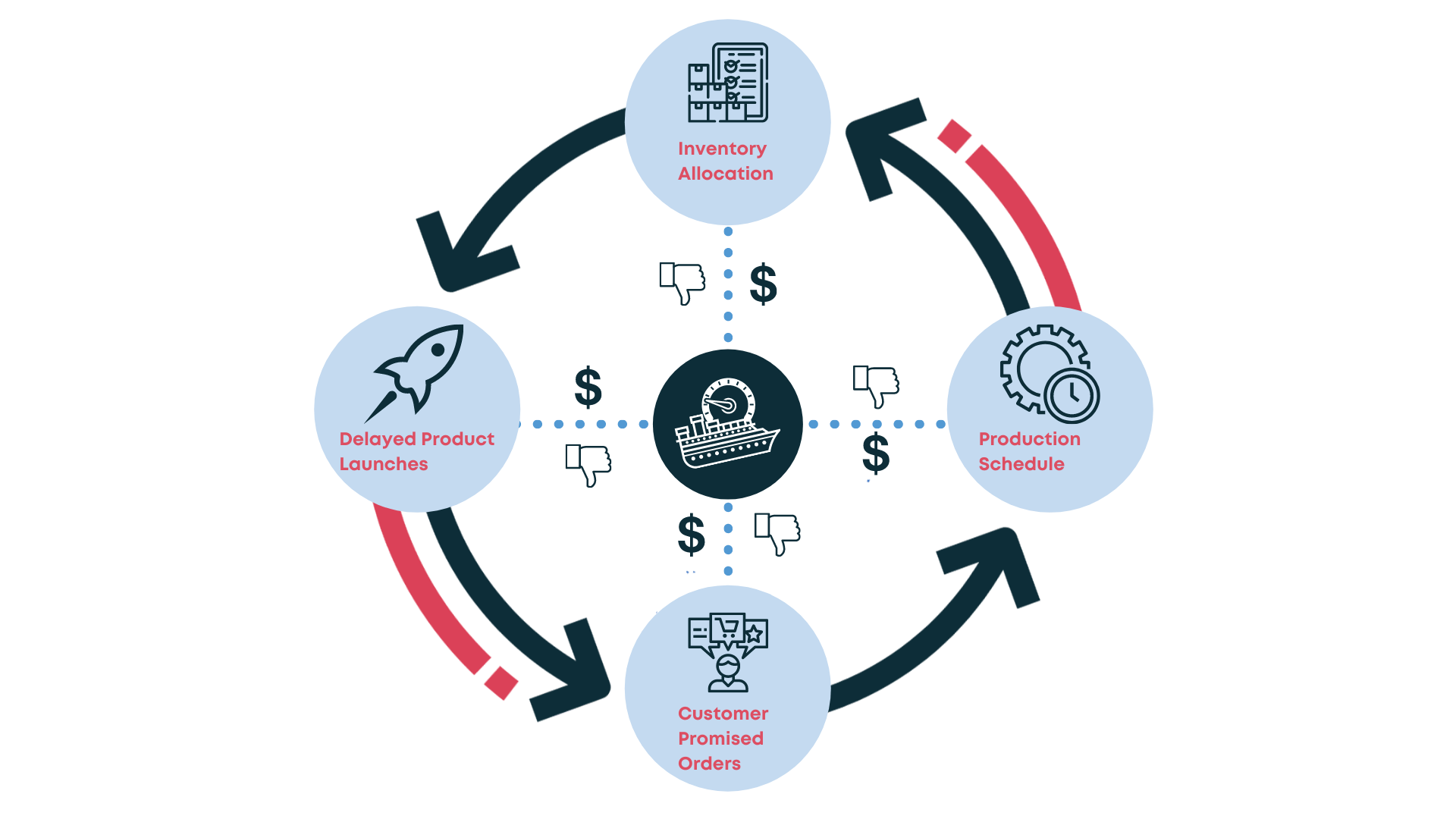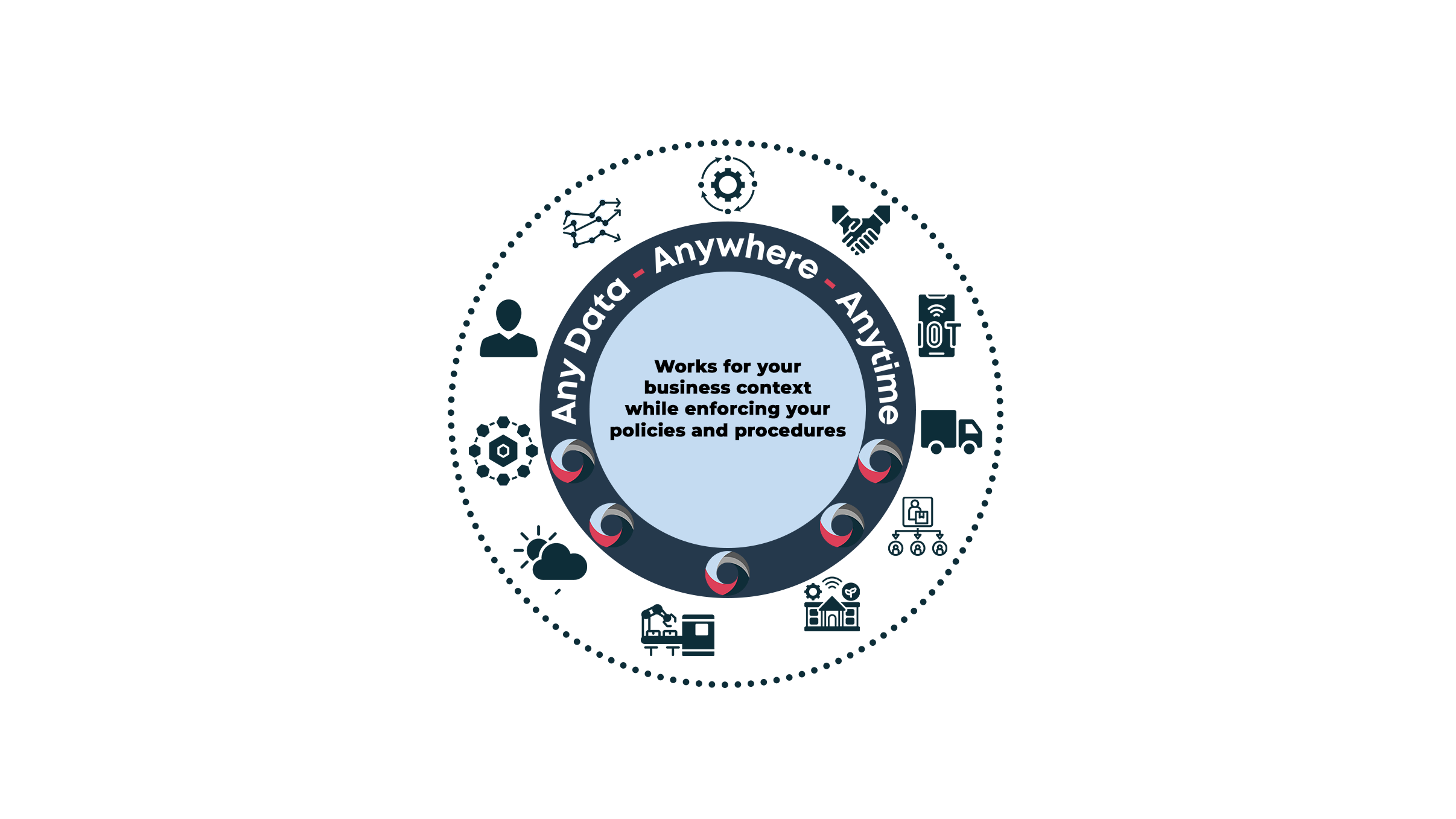Blog
Combat Excess Inventories with Composable Supply Chain Nerve Centers
Manufacturers and Retailers are challenged with the surplus inventories and the numbers are alarming.
Details
Compay Name: UCBOS, Inc.
Bio: UCBOS, Inc. is a USA-based No-Code Software firm helping enterprises achieve strategic business advantage through a 100% Configurable Supply Chain Platform that delivers business outcomes 10x faster.
Its vision is to help enterprises self-learn, adapt, and achieve ontology-driven interoperability using dynamic business data models and rapidly gain supply chain clarity, customer promise reliability, and business agility.
Retail giants like Kohl’s, Target, and Walmart are struggling to align their supply chains with consumer demand, then it may be time to reassess your own. For starters, Kohl’s sales are expected to decrease by about 5% compared to last year, Target’s net income dropped approximately 50% during Q1 2022 compared to Q1 2021, and Walmart has about $1.5 billion in inventory that CFO John David Rainey wishes would disappear. Manufacturers are in same boat, in July, the ISM’s index of national factory activity dipped to 52.8, which is the lowest reading since June 2020 and is forecasted to fall to 52.0.
Excess Inventories
The main issue many retail businesses are currently facing is overstocked inventories, which is a result of several factors including decreased consumer spending due to rising inflation and increasing cost of goods, as well as certain items such as furniture, appliances, and televisions being passed up in favor of more essential items with lower margins like groceries and beauty supplies.
This pressures retail businesses to heavily mark down their goods’ prices to prevent having to pay additional storage costs, but this can result in a net loss. There are alternatives, however, such as selling excess inventory to a partner or another business unit. Regardless, businesses need to understand that disruptions like this happen and rather than try to avoid them completely, they should focus on the steps they can take to best adapt to a difficult situation.
While that may sound simple on paper, it quickly gets complicated. The current business ecosystem cannot mitigate these disruptions effectively for a few reasons. For example, some organizations have implemented a variety of technologies into their supply chain to help prevent and adapt to these disruptions, however, what this essentially causes is a “‘mosaic’ solutions landscape, often loosely linked together with minimal cross-functional collaboration.” Like a mosaic, each piece technically “connects” to form a whole picture, but the connection is not organic nor were these pieces made to have interconnectivity with each other, which makes the operational foundation weaker and less efficient than it could be.
What a “mosaic” solutions landscape looks like.
Another reason is that traditional systems are hard-coded, and therefore have many assumptions built into them. For instance, a business scenario like “my vendor lead time is 30 days so I will plan it that way” does not account for potential disruptions. In June, the ISM’s measure of supplier deliveries dropped from 57.3 to 55.2, and any reading above 50% indicates slower deliveries to factories. At the same time, if you do not have an agile system that has visibility to disruptions or a mechanism to mitigate those disruptions in place to help your business adapt to disruptions can cause detrimental trouble for your business. These assumptions limit your business’ capabilities and stifle growth and improvement. Rigid and stale inputs generate rigid and stale outputs.
Traditional systems are subject to inflexible assumptions which may lead to a circular flow of disruptions. The result? A sinking ship.
Composable Supply-Chain Nerve Centers
A “supply-chain nerve center” may not be able to prevent these situations from happening, but they can help a business react better and recover quicker. Compared to typical supply chain control towers, supply-chain nerve centers have a few distinct advantages:
- Seamless integration– Integrating and connecting traditionally isolated functions allows for more streamlined planning and execution.
- Agile solutions– Applying digital technologies and the IoT allows a company to predict upcoming supply chain issues sooner and more efficiently.
- Improved decision-making through data insights– Utilizing advanced data analytics and machine-learning shows potential disruptions down the supply chain.
Given these requirements, not many enterprises can say they either have or are able to compose a supply-chain nerve center. The major reasons are lack of interoperability, speed, and decision-making tools within the ecosystem.
Interoperability is essential to a strong and competitive supply chain though- mere connection is just not enough anymore. Having fast response times and agile solutions is also important because when disruptions occur, and they will, businesses who can respond faster will come out on top over businesses who cannot. Additionally, decisions should not be made too hastily- advanced data analytics and machine-learning analyze how each decision will impact the supply chain at each point and are able to determine which action(s) is best to take in any given situation, which helps combat human oversight.
UCBOS has interoperability that ensures meaning and context of data and information is understood throughout every exchange between functions
One such vendor that offers these advantages and interoperability, however, is UCBOS. As a flexible metadata platform, UCBOS connects all data within a business and uses that data to build solutions, run what if scenarios, and optimize processes within weeks, if not days. In fact, with UCBOS, businesses have been able to compose and implement agile solutions within 3-4 weeks which otherwise may take 9-12 months.
UCBOS understands the importance of an interoperable supply chain- it’s simply faster, more efficient, and saves millions, if not billions of dollars in the long-run, as evidenced by the examples listed above. UCBOS’ approach to supply chain is much like a spider’s web- interconnected, having each individual segment (web strand) connect and support each other, strong (spider silk has a higher tensile strength than steel), and customizable, allowing you to build a system based around your business’ specific needs, rather than having to work around a current software system. Don’t wait until issues arrive- prevent them with UCBOS.
Share this article now
100% No-Code
Unlock new outcomes 10X Faster by extending your Legacy, ERP, and SCM! Don’t rip out anything!


